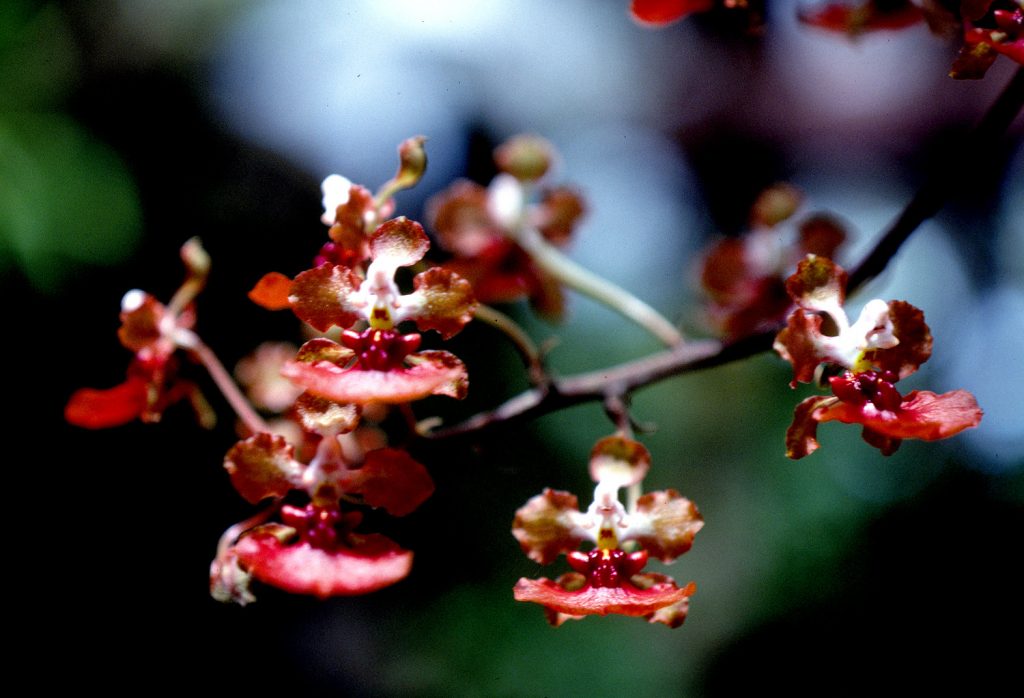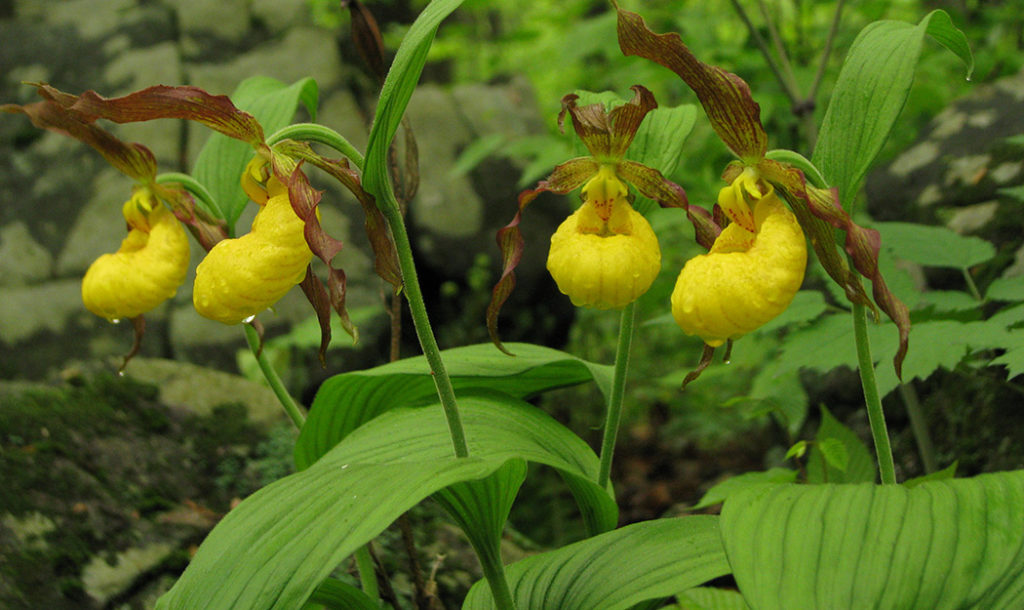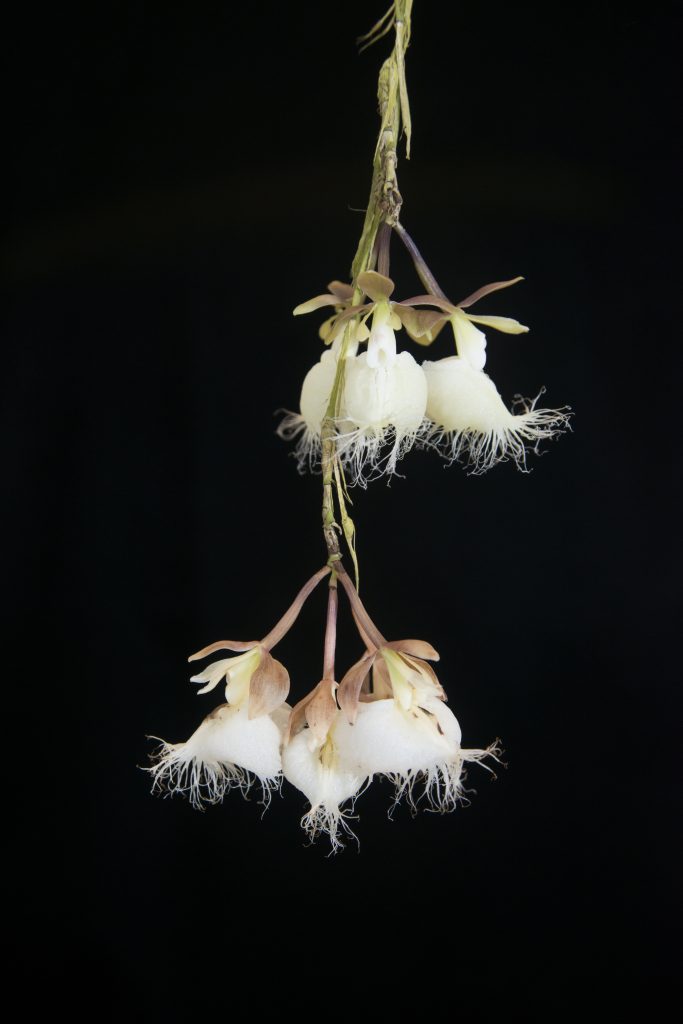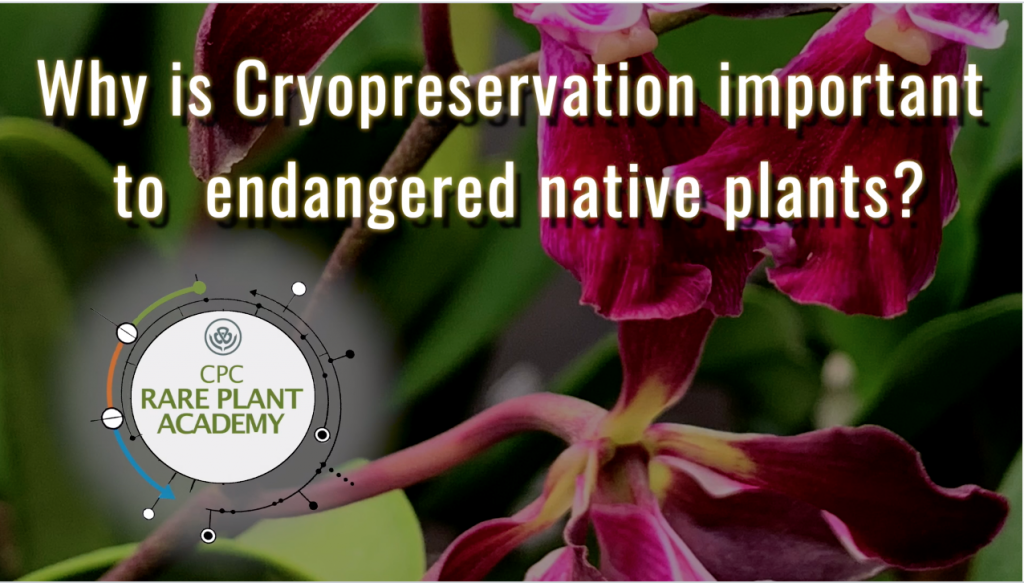
Cryopreservation, a method of storing tissues in liquid nitrogen, is becoming increasingly important to rare plant conservation. This is because many plant species, including large groups such as oaks, orchids, and bryophytes, are unable to be stored long term using more traditional seed banking methods. Using cryopreservation techniques, researchers are able to preserve greater crop […]
Read More…
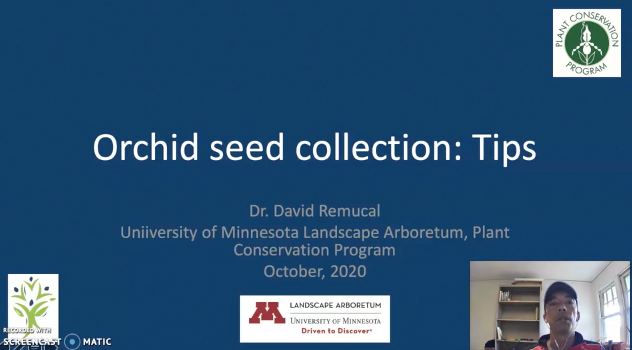
David Remucal, University of Minnesota Landscape Arboretum While many seedbanks avoid working with orchids, more groups are taking them on, or collecting them for groups that are. Collecting rules and protocols are not different for orchids but there are enough complexities in their biology to intimidate collectors new to orchids. Orchid seeds are the smallest in […]
Read More…
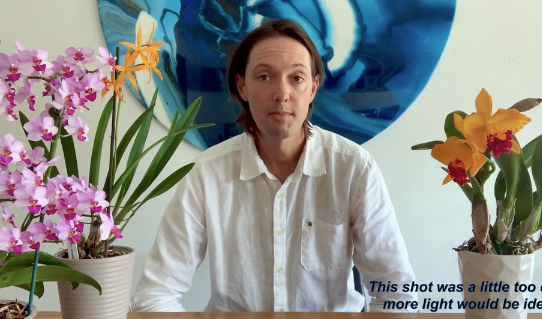
Joe Davitt, San Diego Zoo Institute for Conservation Research In this video, Joe outlines the process for making short informative videos using commonly available technological resources such as your smart phone. He describes the tools available to CPC Network members seeking to create content for CPC Rare Plant Academy or our upcoming online course series, […]
Read More…
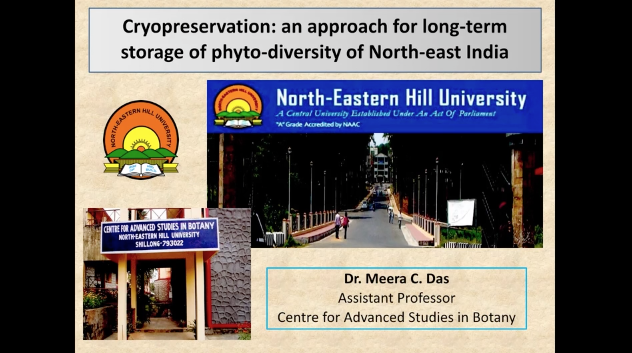
Meera Das*, Reema Diengdoh, Seram Devika, Suman Kumaria, North-Eastern Hill University, Shillong, India, *Speaker North-east India, being one of the global hot-spots, is considered the richest reservoir of diverse plant genetic resources. However, the vast utilities of plant species in medicines, ornamentals, fragrances, urbanization and illegitimate harvest of plant genetic resources have immense impact on […]
Read More…
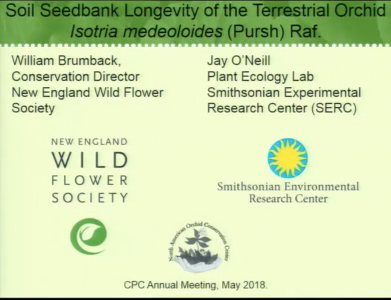
Seeds of terrestrial orchid species are small and essentially without food reserves, but data on the longevity in the wild of seed of most orchid species is lacking.
[…]
Read More…
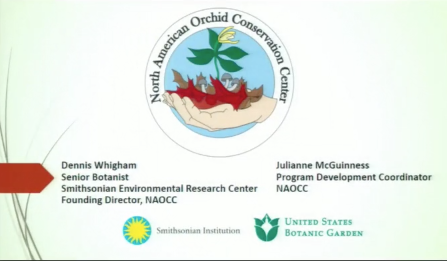
Dennis Whigham and Julianne McGuinness, North American Orchid Conservation Center The North American Orchid Conservation Center (NAOCC) was developed by the Smithsonian and the U.S. Botanic Garden to conserve the diversity of native orchids in the U.S. and Canada. NAOCC ecologically-based conservation model has three guiding principles: Preservation through seed and fungal banks, Propagation, Education. NAOCC […]
Read More…
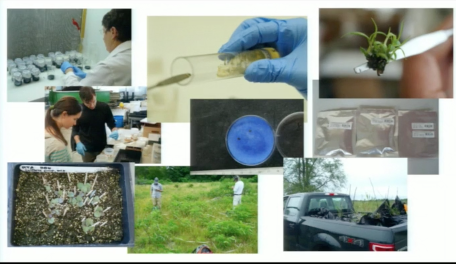
David Remucal, University of Minnesota Landscape Arboretum We have been struggling with a propagation database. This has been of particular interest as our orchid conservation program has grown, we have needed a way to track individual maternal sources or populations from seed to potted plant as they go through different treatments and use different media. […]
Read More…
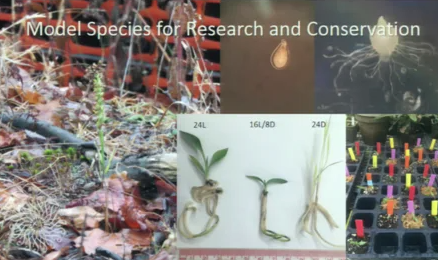
Peter Zale and Matt Taylor, Longwood Gardens Several species of Spiranthes native to the Eastern U.S. are considered rare, threatened or endangered by federal and state agencies. Using the Pennsylvania endangered Spiranthes casei as a model species, experiments were designed to determine optimal conditions for in vitro seed germination and seedling development. Seeds were collected […]
Read More…





